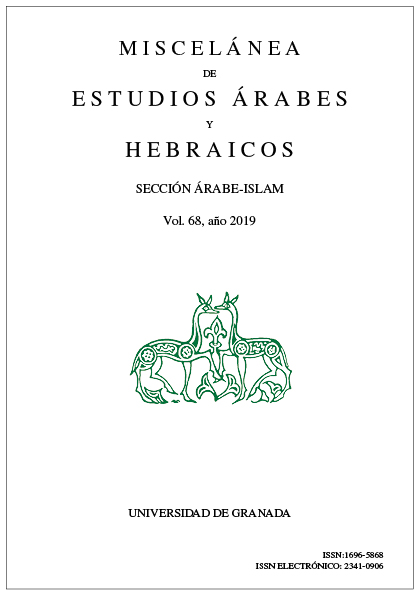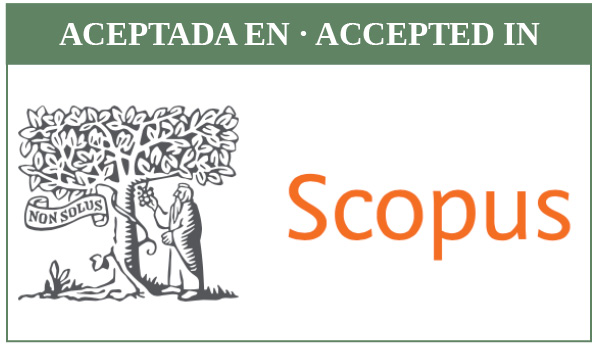Linking two languages (separating two cultures): the continuity of qāḍī Ibn Mu‘ādh al-Jayyānī’s text on dawn and dusk
DOI:
https://doi.org/10.30827/meaharabe.v68i0.989Keywords:
Ibn Mu‘ādh, Gerard of Cremona, Samuel ben Judah, De crepusculisAbstract
The Liber de crepusculis by Gerard of Cremona (1114–1187) is the Latin version of a lost text written by cadi Ibn Mu‘ādh al-Jayyānī about the calculation of the height of the atmosphere, a question related to issues of ‘ilm al-tawqīt (timekeeping). This paper presents the Arabic textual tradition of this optics problem and the two main textual branches that have transmitted Ibn Mu‘ādh’s lost Arabic text: 1) the Latin branch: Gerard of Cremona’s De crepusculis and 2) the Hebrew branch: the translation by Samuel ben Judah of Marseille. The paper concludes that Gerard of Cremona's alterations to the text during the translation process were made for sociolinguistic reasons and it discusses the methodological relevance of using the concept of necessitas et utilitas to better understand the translation process, which must be viewed not just as a linguistic matter arising out Latin scholars’ need to expand learning and knowledge in the late Middle Ages, but also as a complex process, comprising both cultural and linguistic elements, that linked two languages, Arabic and Latin, but also separated two cultures.
Downloads
Downloads
Published
How to Cite
Issue
Section
License
The authors publishing their work in this journal agree to the following terms and conditions:
1. The authors retain the copyright and give the journal the right to be the first publication of the work and also to be licensee under a Creative Commons Attribution License which allows others to share the work, provided the author of the work and the initial publication in this journal are acknowledged.
2. Authors may make additional agreements separately for the non-exclusive distribution of the version of the work published in the journal (for example, putting it in an institutional repository or publishing it in a book), with acknowledgement of its initial publication in this journal.
3. Authors are allowed and encouraged to electronically disseminate (for example, in institutional repositories or on their own web page) the published version of their works (publisher's post-print version) or, if not possible, the author's reviewed and accepted post-print version. This is to facilitate productive exchanges, and allow for earlier and greater citation by third parties of the published works (See The Effect of Open Access).
4. The journal accepts no responsibility for the opinions expressed by the authors.















